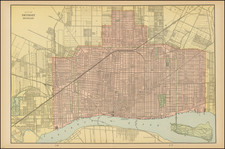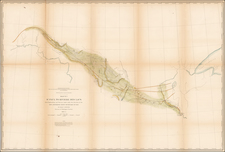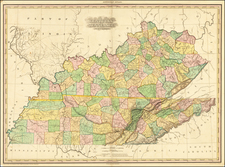Highly detailed map of the Mississippi River, from just north of the confluence of the Ohio River to the Gulf of Mexico.
Lieutenant Ross' large scale map of the Mississippi River is of the few large format maps of the Mississippi published during the 18th Century. Ross' map of the Mississippi was the first official English survey of the Lower Mississippi, and one of the most historically significant American maps, delineating the British gains from France in the French and Indian War and later establishing the future western boundary of the new United States. The map opened the area to settlement from the east and defined the western limits of the American colonies.
The map provides a large scale depiction of the river and its topographical features, such as islands in the river, navigational instructions, other rivers and connecting tributaries, boundaries, towns and settlements, forts, local history (including the spot where De Soto discovered the Mississippi in 1541), quarries and potential mining areas, productive land, cane fields, and mountains and other topographical details. A number of Indian Tribes are shown, including the Flathead, Choctaw, Chickasaw, Chackhuma, "Akansas or the Handsome Men," Wiapes, Corrois, Yazoo, Ofogoulas, Chepoussea, Caskaskias, Colapissas (later known as Huoma), and others. Frederick Webb Hodge ( Handbook of American Indians North of Mexico) makes numerous citations to this map.
Following the Treaty of Paris, a British expedition was sent to the Illinois territory to demand the surrender of Fort de Chartres, the last outpost under French control in the area. Lieutenant John Ross, surveyor of the 34th Regiment of the British Army, went with this expedition and surveyed the lower part of the River, below Fort Chartes, to the mouth of the Mississippi River. The eastern bank of the river contains more detail than the western side, because the expedition could not enter Spanish territory.
Robert Sayer (ca. 1724-1794) was a prominent London map publisher. Robert’s father was a lawyer, but his older brother married Mary Overton, the widow of prominent mapmaker Philip Overton and the proprietor of his shop after his death. Mary continued the business for roughly a year after her marriage and then, in early 1748, it passed to Robert. Robert became a freeman of the Stationers’ Company later that year; his first advertisement as an independent publisher was released in December.
Sayer benefited from Overton’s considerable stock, which included the plates of John Senex. In the 1750s, Sayer specialized in design books and topographical prints, as well as comic mezzotints. In 1753, he, along with John Roque, published a new edition of Thomas Read’s Small British Atlas, the first of several county atlases that Sayer would publish.
Sayer’s business continued to grow. In 1760 he moved further down Fleet Street to larger premises at 53 Fleet Street. In 1766, he acquired Thomas Jefferys’ stock when the latter went bankrupt. In 1774, he entered into a partnership with John Bennett, his former apprentice. The pair specialized in American atlases, based on the work of Jefferys. They also began publishing navigational charts in the 1780s and quickly became the largest supplier of British charts in the trade.
Bennett’s mental health declined, and the partnership ended in 1784. As Sayer aged, he relied on his employees Robert Laurie and James Whittle, who eventually succeeded him. He spent more and more time at his house in Richmond. In 1794, he died in Bath.










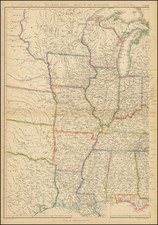
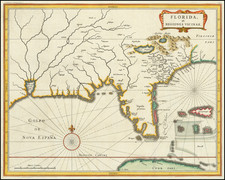
![[ Karte des Nordens von America, Zur Beurtheilung der Wahrscheinlichkeit einer nord=westlichen Durchfhart, gezeichnet von G. Forster, 1791.]](https://storage.googleapis.com/raremaps/img/small/41816dm.jpg)
